#FlashbackFriday - Hey There, Baby
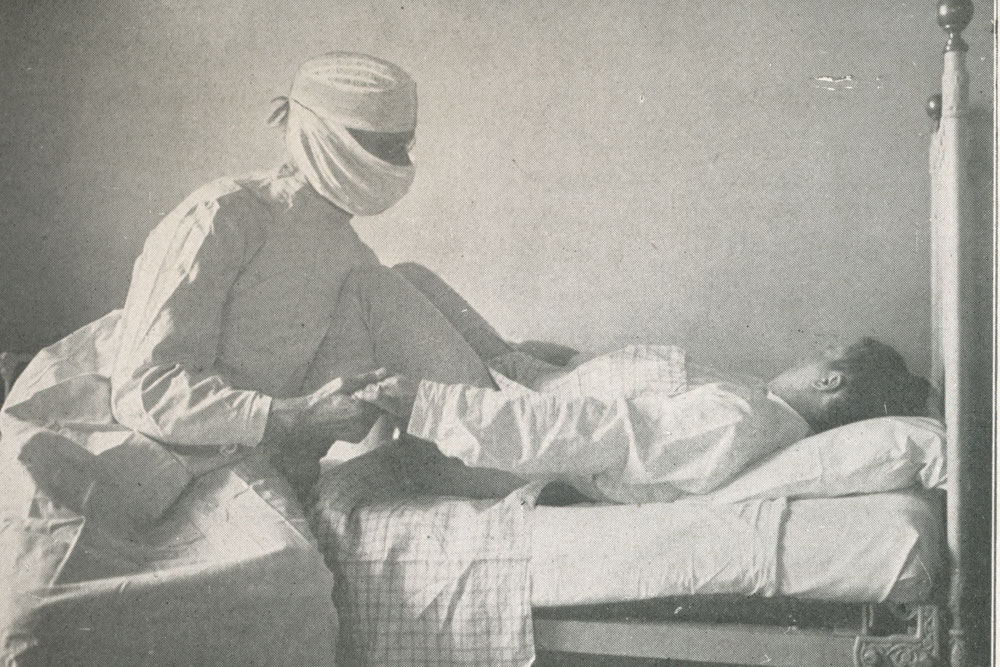

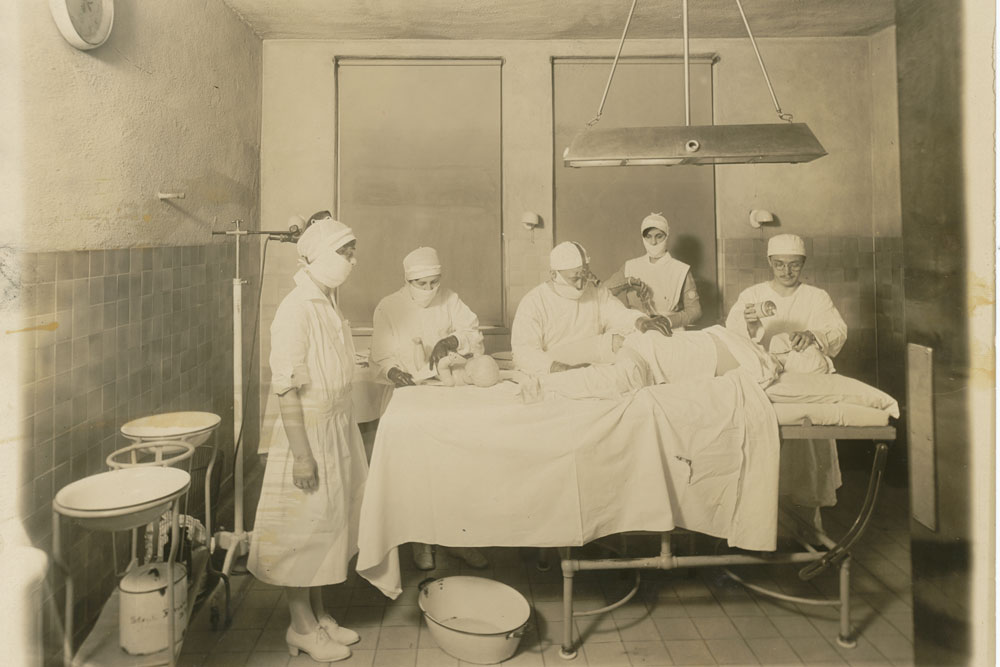
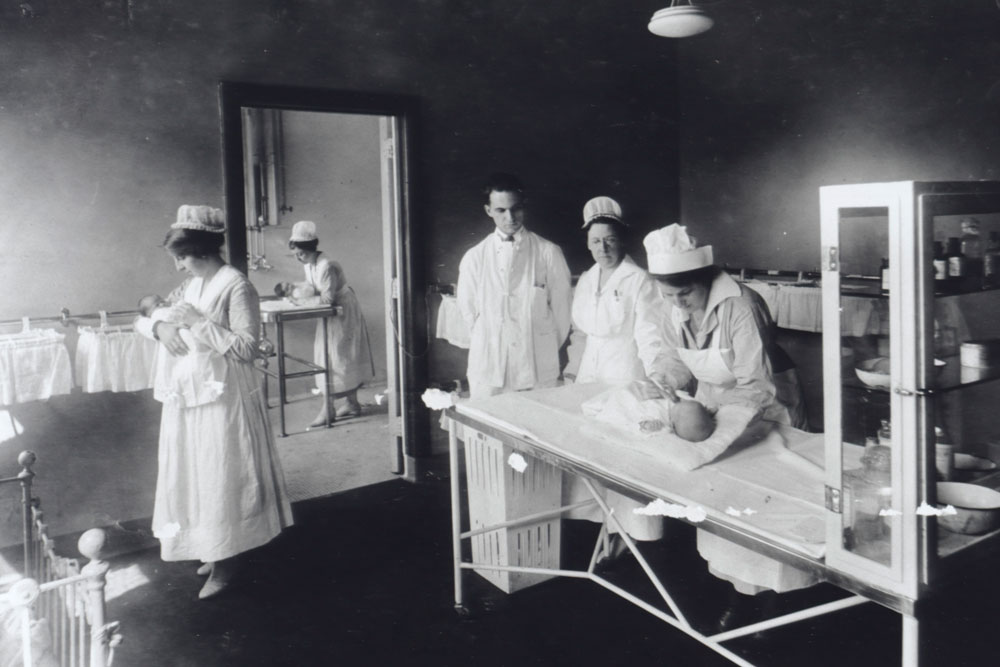
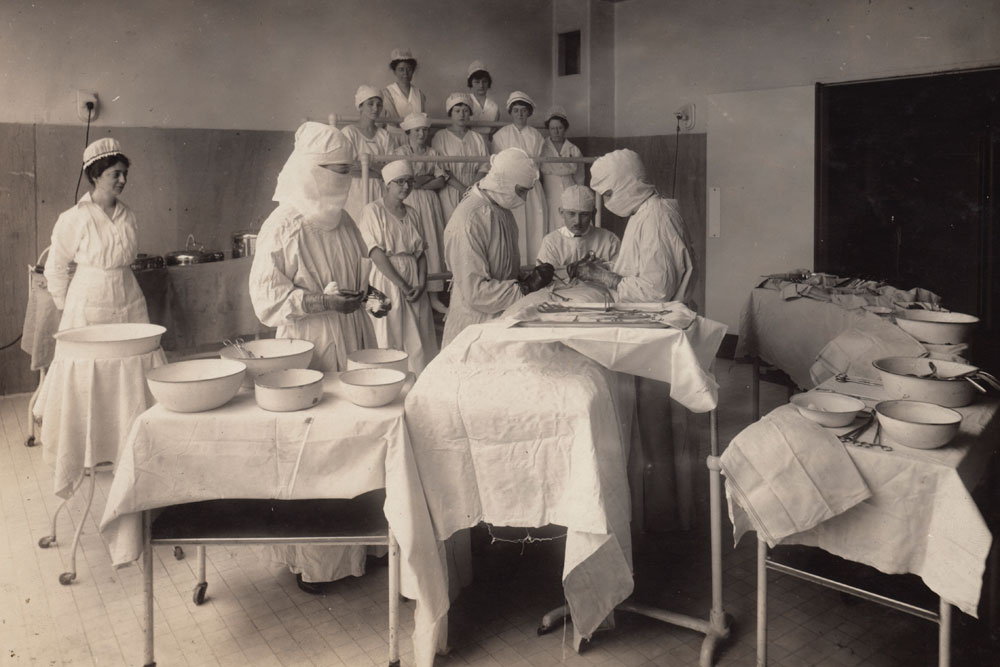
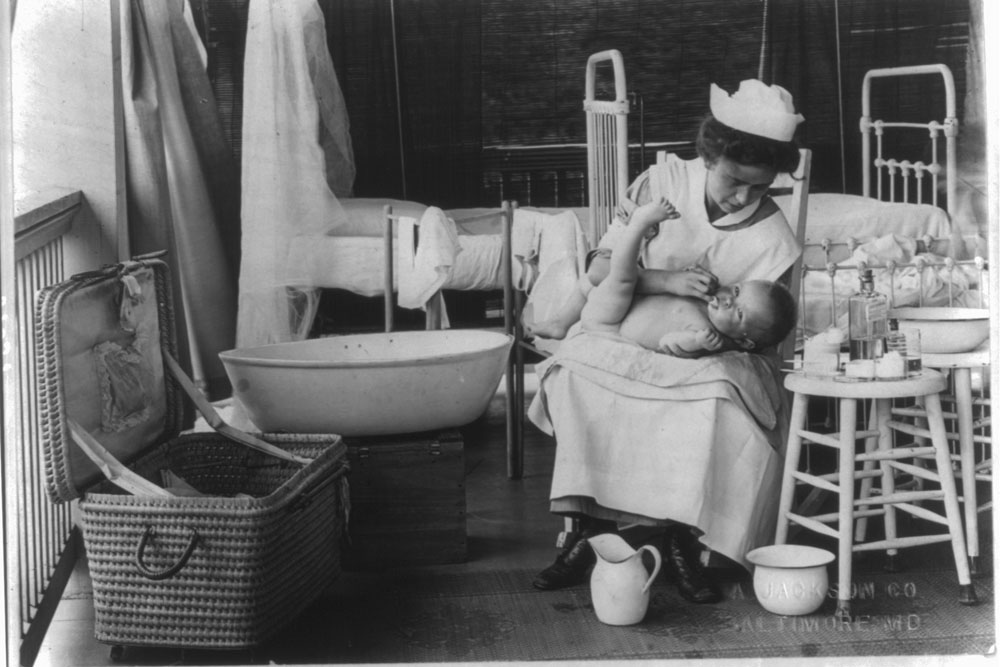
About the same time, scientific medicine began to challenge long-held societal views of childbirth as a natural experience, shared only among women and their female attendants. The new field of obstetrics had emerged, and obstetricians began to describe labor and delivery as potentially pathogenic—and asserted that only trained physicians could safely guide women through birth. New obstetrical techniques, like forceps and anesthesia, were introduced and it was physicians who controlled their use.
As physicians became the preferred birth attendants, lay and trained midwives were pushed out of the new system almost entirely. Dr. Joseph B. DeLee, an early leader in modern obstetric care, derided the midwife as “a relic of barbarism … a drag on the progress of the science and art of obstetrics.”
But even as obstetricians supplanted midwives, wealthy women still continued to deliver their children at home. That didn’t change until the negative public image of hospitals—considered institutions for the poor and destitute—began to shift.
Nurses were considered powerful allies in promoting hospital births. They also occupied a privileged position, having cultivated trusting relationships with their pregnant patients.
“The obstetrical nurse has a great field before her, one which should prove to be of the most satisfactory of the nursing profession,” wrote Elizabeth Burttle in 1915. “There is in this work ample room for the exercise of both talent and virtue, and the nurse who possesses conscience, courage and tact certainly may do much toward lessening the dangers which have heretofore fallen upon the puerperal woman.”
The year 1938 was a turning point: hospital births accounted for half of all births in the U.S. Going forward, the hospital would eventually eclipse the family home.
###
This #FlashbackFriday brought to you by the @BjoringCenter for Nursing Historical Inquiry, with special thanks to American Association for the History of Nursing president Arlene Keeling, UVA professor emerita, whose book A HISTORY OF PROFESSIONAL NURSING (Springer: 2018) provided the background for this post, along with nurse scholar and co-author Michelle Chambers Hehman. All photos from the Boring Center's collection. #histnursing #histmedicine
